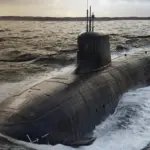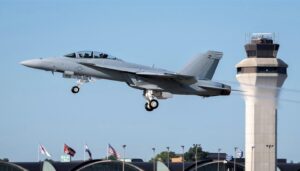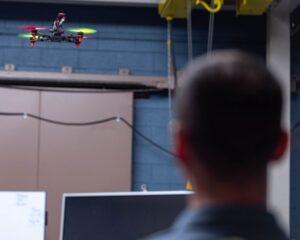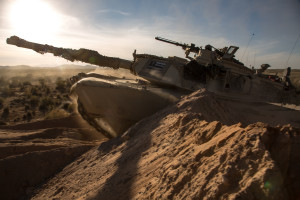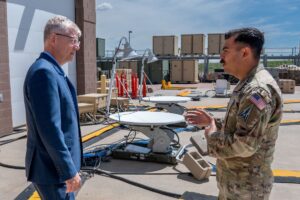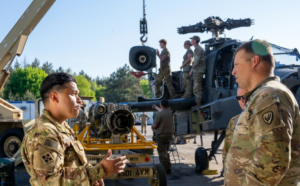
NASHVILLE, Tenn. – A lead Army aviation official said the service is still working through the details on carrying out planned divestments as part of its new transformation initiative, some of which could be adjusted, while adding that further changes are “absolutely” expected. Maj. Gen. Clair Gill, the Army aviation branch chief, told reporters the cuts announced over the last couple weeks as the service rolled out the new Army Transformation Initiative “were “maybe deeper than we thought they were going…

 By
By 